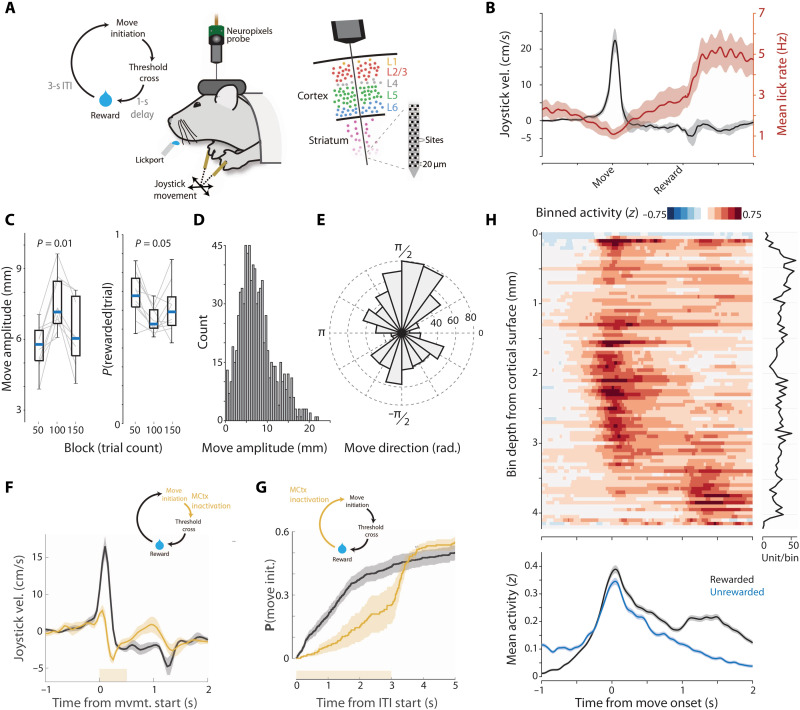Fig. 1. Distributed task-related neural activity in a variable-amplitude operant task.
(A) Schematic of behavioral task and Neuropixels probe recordings from mouse forelimb MCtx (MCtxFL). (B) Outward joystick velocity and lick rate aligned to threshold crossing for 10 sessions (six mice). Shaded area indicates the SEM. (C) Movement amplitude as a function of threshold. Probability of initiating a movement of the correct amplitude. (D and E) Distribution of movement amplitude and direction. (F) Closed-loop inactivation of MCtxFL in VGAT-ChR2 mice (500-ms duration; yellow bar) triggered on movement initiation. Joystick velocity on control (black) and inactivated (yellow) trials. (G) Cumulative probability of movement initiation for control (black) and open-loop inactivation (yellow) trials. N = 3 mice, two sessions per mouse. (H) Spike density functions of neural activity aligned to movement onset and binned (50-μm bins) according to recording depth. Plot at right shows the number of units per bin. Task-related neural activity was widely distributed across the depth of recordings. The bottom plot shows the mean activity across all units for movements that were rewarded (black) versus comparable magnitude movements (matched median) that were unrewarded (cyan) and lacked the later reward consumption–related modulation.

